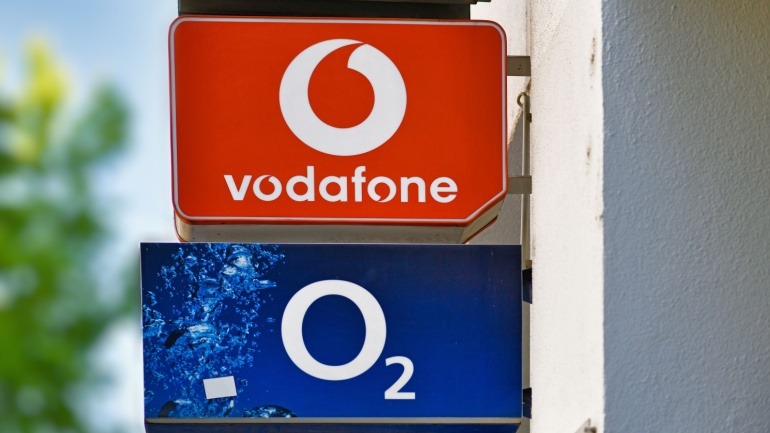At the Connected Britain 2025 event, it became apparent that the UK’s fibre market is facing a new challenge. This isn’t about the availability of fibre, but how efficiently providers can access it amidst a landscape brimming with choices. As service providers face established players and new AltNets, they must navigate varying systems and terms. Two models—integration platforms and aggregation networks—have emerged to address these complexities. Though they might initially seem similar, their approaches and long-term impacts are notably different.
Integration platforms serve as operational and technical bridges between networks and service providers. Instead of creating multiple complex integrations, these platforms offer a single access point to various suppliers through standardised APIs. They don’t resell services but streamline processes like ordering and billing into one cohesive framework. This method reduces operational risks and provides providers with flexibility to manage their commercial agreements, allowing networks to easily present their services to a broader audience.
Meanwhile, aggregation networks approach the issue by grouping multiple networks under a unified operational and commercial system. Providers enter a singular wholesale agreement, which the aggregator manages. A prime example is PXC, which integrates networks like CityFibre and Freedom Fibre into one extensive service network. This offers the benefits of one agreement and interface, reaching many premises efficiently. Aggregators often enhance this offering with additional tools and portals to facilitate service delivery. However, this arrangement can restrict providers, as aggregators become the controlling intermediaries.
The divide between these models is more than operational; it reflects contrasting strategic philosophies. Integration-centric models offer providers enhanced choice and flexibility. In contrast, aggregation-centric strategies simplify contract management but might limit a provider’s operational independence.
Both strategies bring value, but their application depends on industry needs. Integration models foster inclusivity, enabling new and established networks to interoperate. They help providers build diverse supply chains by lowering technical barriers. Aggregation models, conversely, aid in market consolidation, providing instant scale and appealing to channels through concentrated network influence.
These models will coexist as the market progresses. Aggregators increasingly utilize integration platforms to streamline operations. While distinctions between these models may fade, their underlying strategies are distinct.
As the UK continues its fibre rollout, these models will be instrumental in managing network complexity. Aggregation allows partners an easy route to network scale, though with some trade-offs in flexibility. Integration encourages growth by empowering individual strategy and reducing barriers, supporting both AltNets and incumbents.
The future of UK connectivity hinges on finding a balance between immediate consolidation needs and desired long-term flexibility. Decisions now will shape the landscape for providers, networks, and consumers alike.







